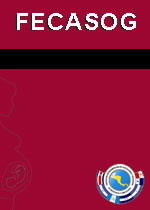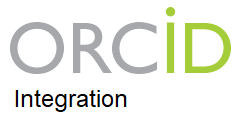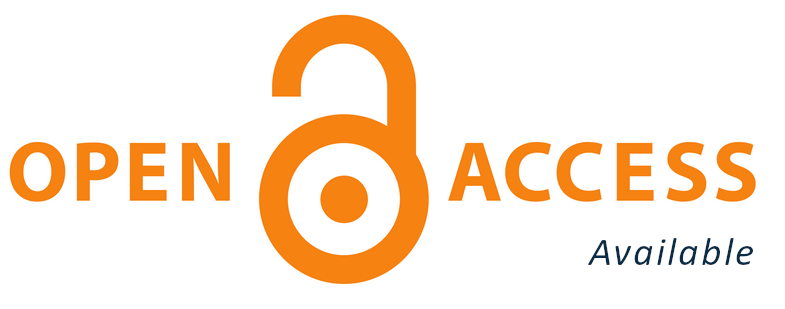Usefulness of fetal liver length measurement for the prediction of gestational age
Authors
DOI:
https://doi.org/10.37980/im.journal.revcog.20252589Keywords:
fetal liver length, gestational age, fetal biometry, predictionAbstract
Objective: To evaluate the usefulness of fetal liver length measurement for the prediction of gestational age. Methodology: Longitudinal and prospective study between January 2016 and July 2024 in women with low-risk singleton pregnancies, between 14 and 40 weeks of gestation, who attended prenatal consultation at the Central Hospital “Dr. Urquinaona,” Maracaibo. Biparietal diameter, abdominal circumference, femur length, and fetal liver length were measured. Results: Data from 215 healthy pregnant women were selected for the final analysis. When analyzing the correlation between fetal liver length and gestational age by date of last menstrual period and the rest of the ultrasound variables used, strong, positive, and significant correlations were found (p < 0.0001). The value of the coefficient of determination of the gestational age model predicted by the measurement was 0.892. When combining the four ultrasound parameters studied, the resulting value of the coefficient of determination was 0.944. Conclusion: The measurement of fetal liver length constitutes a valuable and complementary tool in the prediction of gestational age. Moreover, its use in combination with other ultrasound parameters has a high coefficient of determination for the prediction of gestational age.
Downloads
Published
Issue
Section
License
Copyright (c) 2025 Infomedic Intl.Derechos autoriales y de reproducibilidad. La Revista RevCog es un ente académico, sin fines de lucro, que forma parte de la Sociedad Centroamericana de Ginecología y Obstetricia. Sus publicaciones son de tipo ACCESO GRATUITO y PERMANENTE de su contenido para uso individual y académico, sin restricción. Los derechos autoriales de cada artículo son retenidos por sus autores. Al Publicar en la Revista, el autor otorga Licencia permanente, exclusiva, e irrevocable a la Sociedad para la edición del manuscrito, y otorga a la empresa editorial, Infomedic International Licencia de uso de distribución, indexación y comercial exclusiva, permanente e irrevocable de su contenido y para la generación de productos y servicios derivados del mismo.








